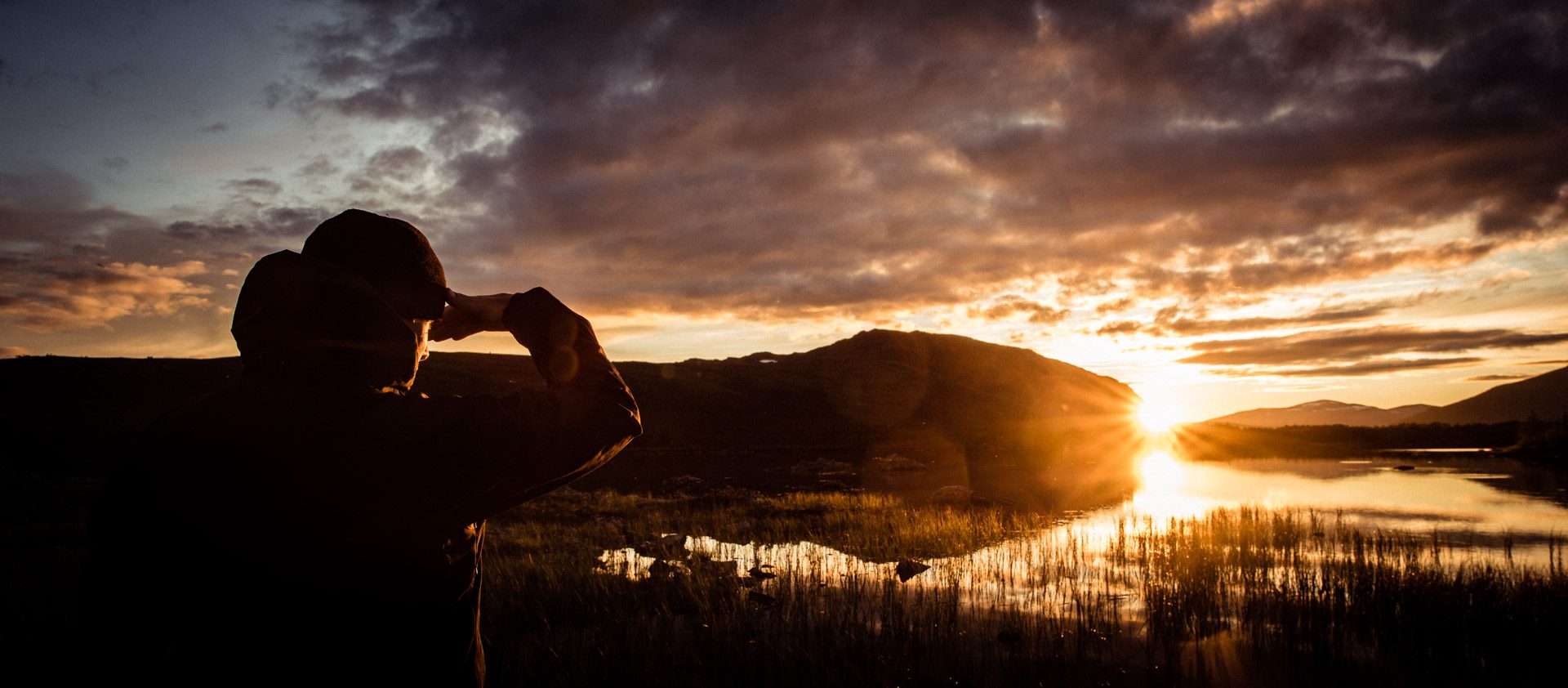In the past, you could get arrested for loitering. Moving through the world with no apparent purpose was considered very suspicious behaviour. Today, things have improved and spending your day doing nothing is rather viewed as something that's good for you.
You’ll love days like these, just getting in the car and driving. A road trip in northern Sweden is something everyone should do at some point. The destination Swedish Lapland covers 25% of Sweden and has the highest mountains, the deepest lakes and the largest forests. From the Arctic Alpine landscape of the mountains to the more urban Arctic settings along the coast, you’ll find an exciting destination the size of Austria but with a mere 300,000 inhabitants. Rich in nature, and with little in the way of crowds. Driving through the destination is not a bad idea at all. See how the landscape transforms. Meet the shifting seasons. Find your inner driver, somewhere in there under the midnight sun or the northern lights.


The journey takes you from the mouth of the Torne River in the Haparanda archipelago to the river’s source, above lake Torneträsk. To the map >>
Someone wise is said to have come up with: “The windscreen is large, the rear-view mirror is small”. You’re supposed to long for what’s in front of you, behind the next bend or crest along the road. There are places you’ll only get to because it makes sense when you’re driving. Blattnicksele near Sorsele, Moskosel near Arvidsjaur, Övre Svartlå near Boden, Junosuando near Pajala and Österjörn near Skellefteå are no metropolises, yet so beautiful. Somewhere along the way you’ll wonder what it would be like to live right there. But that’s not why you’re on the road. The reason for going is wanting to see something new. Not settling for settling down. To make a road trip a road trip, you mustn’t have a goal in mind. Going from a to b is just transport. Then you might as well take a plane, bus, train or just beam yourself there. Driving a car, because you have an urge to drive, means you can think about things you never have time for otherwise.
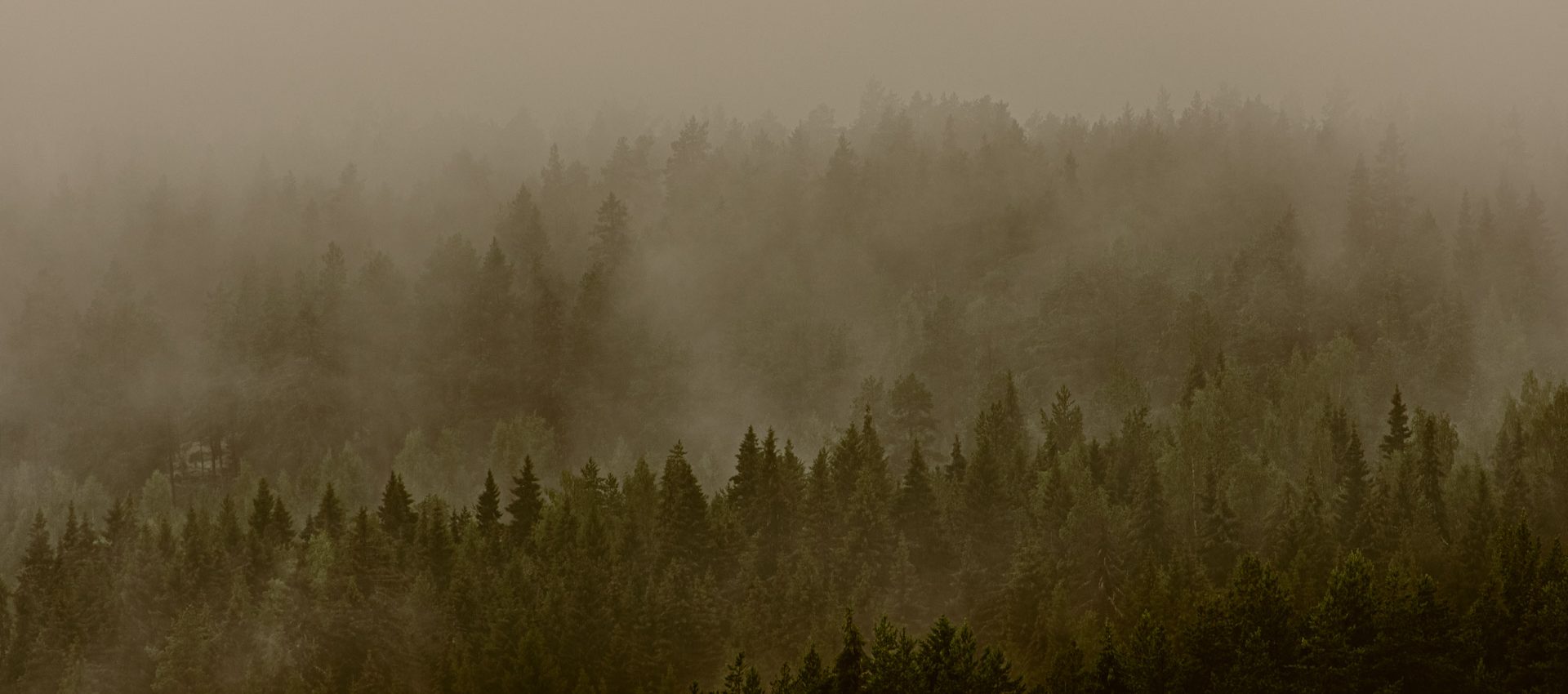
Verdi and Vivaldi always work well when driving. La donna è mobile is summer and has always been. Every time you listen to it, your car turns into Inspector Morse’s red Jaguar and the landscape suddenly becomes the welcoming English countryside. Vivaldi has four seasons. One of them will suit. If not, there’s La Traviata. Peter Lemarc and Bo Kaspers, sure. Abba? Of course! Also: Bruce Springsteen, Merle Haggard and Amos Lee. Not to mention Fleetwood Mac and Avicii. There are local musicians and artists to listen to as well, of course. Remember to ask the local tourist office about local artists to download. You’ll definitely be able to create an exciting playlist featuring the likes of Willy Clay Band from Kiruna, Johan Airijoki from Gällivare, Maxida Märak from Jokkmokk and Sofia Jannok from Rävudden. In the Torne Valley there’s also Ray Ray Band, and both Movits and Zacke are rapping in Luleå while Peter Mattei, a son of Piteå, now sings Don Giovanni on the world’s opera stages. As for Skellefteå – what would the town be without The Wannadies and their song My Hometown?
The destination Swedish Lapland includes the entire county of Norrbotten plus the municipal areas Skellefteå and Sorsele. It’s an area larger than Austria and this means there are plenty of things to explore and discover. But never mind the distances! A kilometre here isn’t the same as in more densely populated areas. You can get far in just an hour. You never have to be in a hurry. Besides, if you drive in summer, there’s daylight at nighttime. Summer here isn’t only more intense, it’s also a lot longer without nights. Dare to turn left where others take a right. There’s something there worth seeing, for sure. Perhaps something no one else has ever seen. Because you do remember what Robert Frost wrote, in The Road Not Taken?
”Two roads diverged in a wood, and I—
I took the one less travelled by,
And that has made all the difference”.
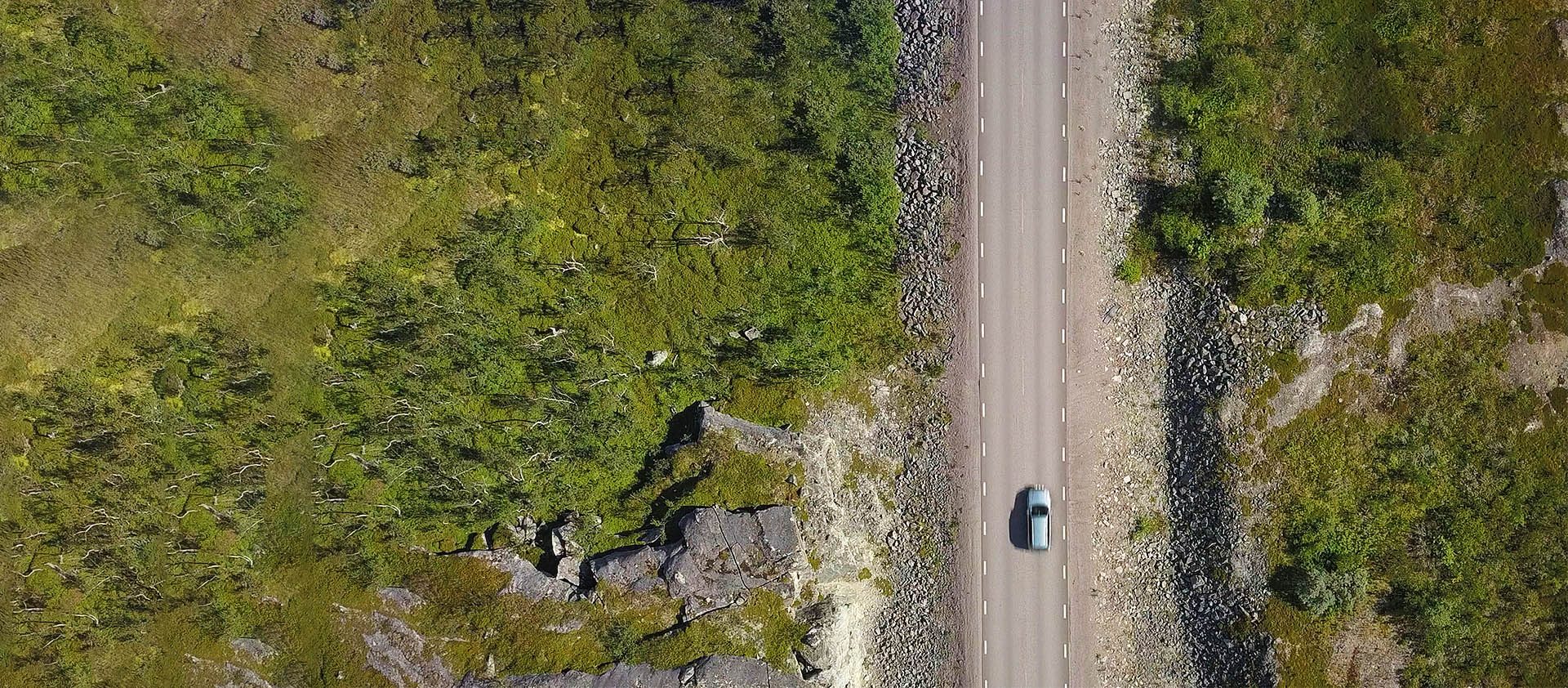
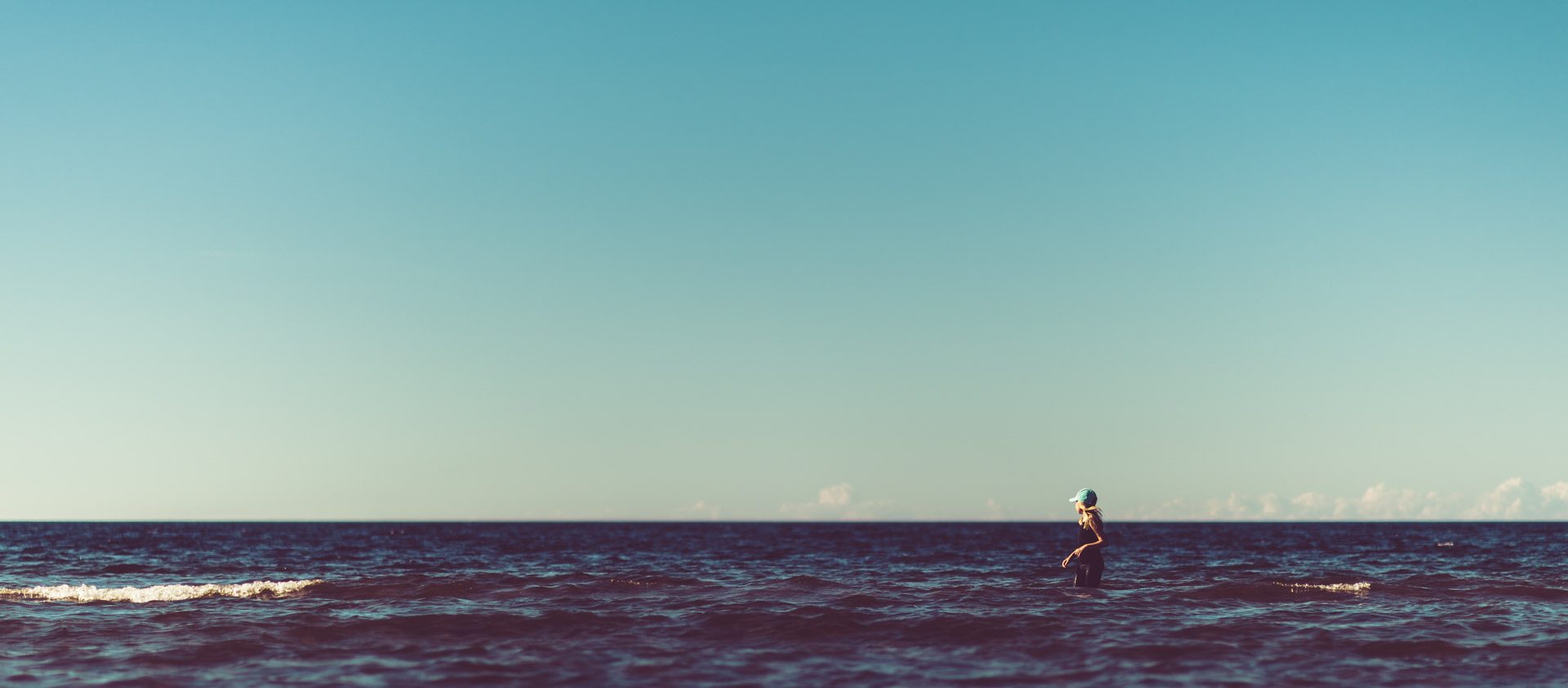

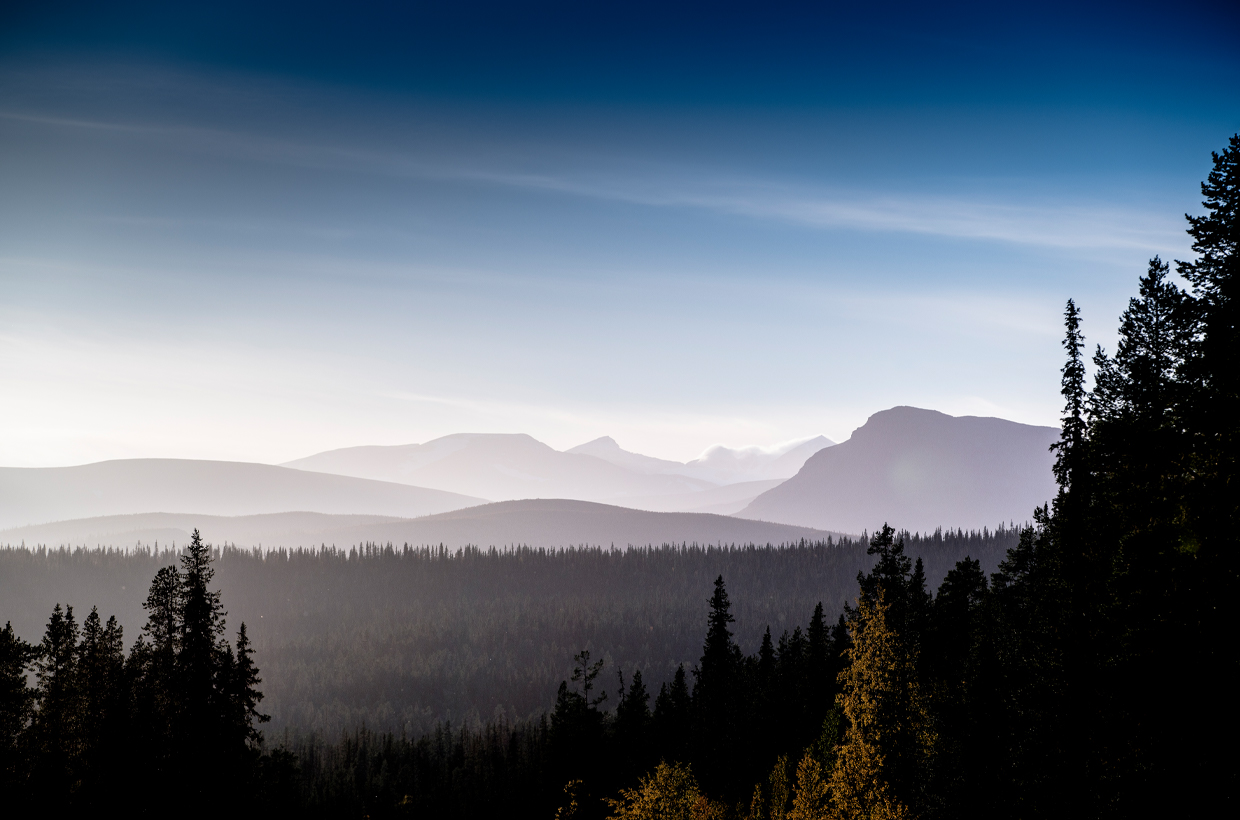
In Swedish Lapland, nature plays an intrinsic role in our life and work, and the people here are highly sensitive to the small details of the changing seasons. Therefore, it seems only natural that the Sámi people describe eight seasons instead of four. Read story
